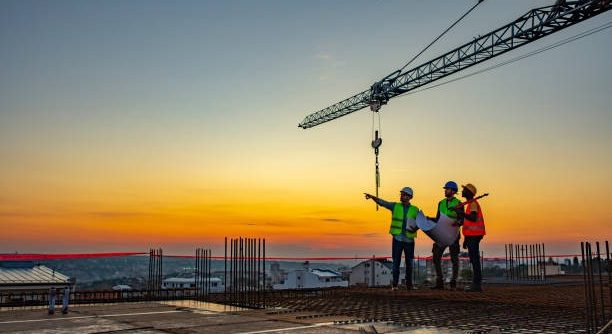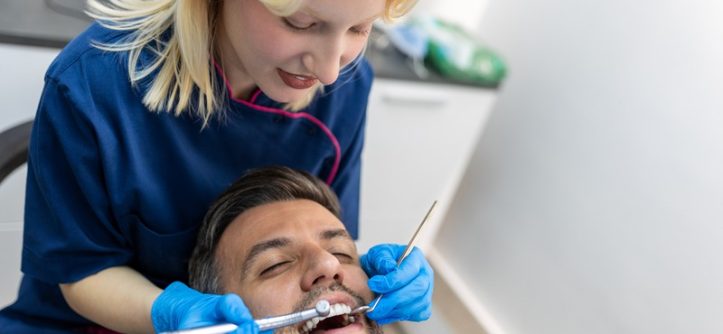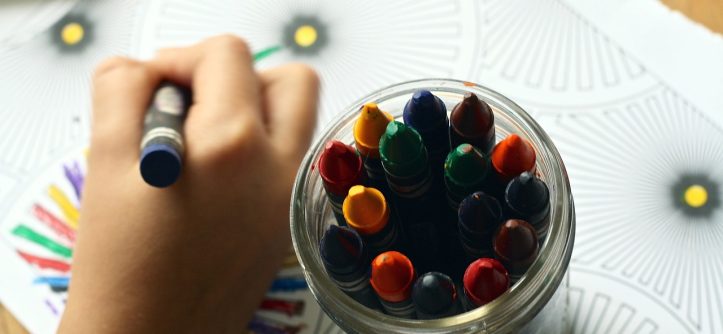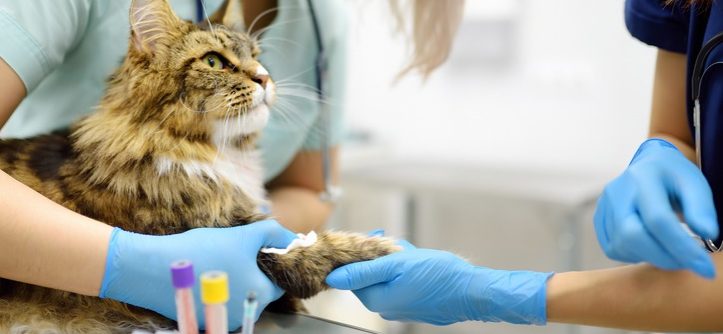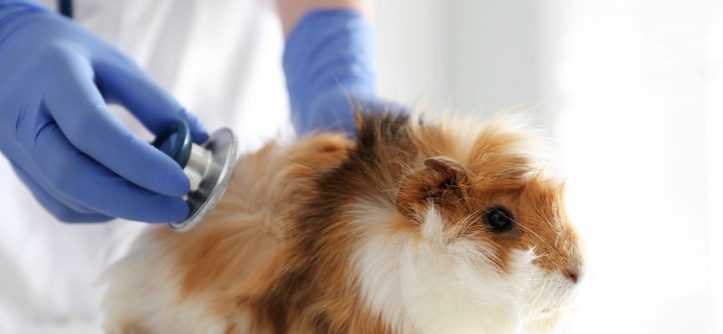When you embark on a construction project, whether it’s a modest renovation or a large-scale development, keeping the project financially on track is crucial. Budgeting is the backbone of any construction endeavor. It helps you plan, allocate, and keep track
Cracking the Code: Making Dental Care Affordable and Manageable
For many people, taking care of their teeth often feels like a challenging puzzle. Dental care is critical for overall health, but its costs can make it seem out of reach. Balancing a tight budget with the need for regular
How to Avoid Common Accounting Errors: A Guide for Entrepreneurs
Starting your own business is an exciting venture, filled with countless tasks and responsibilities. One area that can often be overlooked is accounting. For entrepreneurs, getting a handle on the financial side of things might feel daunting, but accurate accounting
What Are the Best Coloring Pages for Kids?
Have you ever wondered, What are the best coloring pages for kids? Whether you’re looking to enhance your child’s creativity, support learning, or simply provide a fun activity, coloring pages are perfect for all occasions. Let’s explore the best types
How Does Laser Dental Care Improve My Pet’s Health?
Laser dental treatment for pets is a modern, effective method to maintain their oral health. It reduces pain and healing time by using focused light to remove diseased tissues and bacteria. This technique minimizes bleeding, swelling, and infection risk, ensuring
What Sets Internal Medicine Apart from Routine Veterinary Care?
If you’re a pet owner, you’ve probably been to the vet for routine check-ups, vaccinations, or minor illnesses. However, there’s a whole other side to veterinary care called internal medicine that you might not be familiar with. This field covers
Common Health Problems in Exotic Pets and How to Prevent Them
Having an exotic pet like a parrot, iguana, or ferret is exciting and joyful. These unique pets enrich our lives but also present specific health challenges. Common issues can include dietary deficiencies, respiratory infections, and parasites. Preventive care is essential:

